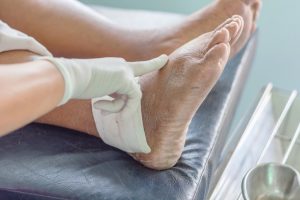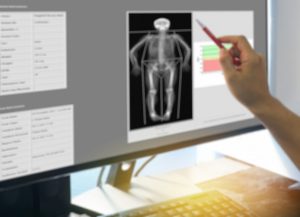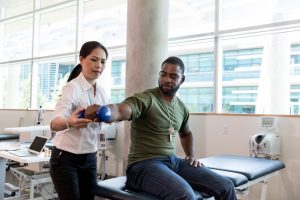If you love lasagna, but are trying to eat healthy, you may want to try the recipe below. It promises to be the cheesiest, gooiest, creamiest, BEST Easy Healthy Lasagna Recipe having all of the goodness of classic lasagna, but lightened up and loaded with healthy ingredients for a skinny version of the original recipe!
COOK TIME:1 hour 15 minutes
SERVINGS:6
Ingredients
- 1/2 lb ground beef
- 1/4 onion (chopped)
- 2 zucchini (medium)
- 1 summer squash (medium)
- 15 oz. whole tomatoes (canned)
- 10 oz. tomato sauce
- 1/2 tsp garlic powder
- 1/2 tsp dried parsley
- 1 tsp dried basil
- 6 uncooked lasagna noodles
- 10 oz. cottage cheese (small curd)
- 1/2 cup parmesan (grated)
- 1 cup mozzarella (shredded)
- salt/pepper
Instructions
- Preheat oven to 375 degrees.
- Cook the chopped onion and ground beef until the beef is fully cooked.
- While the beef is cooking, cut the zucchini and summer squash into small, 1/4″ – 1/2″ cubes.
- Once the beef is done cooking, set aside and drain.
- Cook the zucchini and summer squash for about 10 minutes.
- Add in the tomatoes, tomato sauce, and spices.
- Continue cooking over medium heat for another 15 minutes, stirring often.
- Add the cooked beef and onions back into the tomato sauce mixture and stir.
- Pour about 1/2 of the tomato sauce mixture into a 8″ x 10″ casserole dish.
- Place 3 of the lasagna noodles on top of the mixture (breaking each one in half if necessary), pressing each one down so that it’s covered with about 1/4″ of the tomato mixture on top.
- Add 1/2 of the cottage cheese to the casserole dish.
- Top with 1/2 of the parmesan and 1/2 of the mozzarella.
- Repeat steps 9-12 with the remaining ingredients.
- Cover the casserole dish with foil and bake for 30 minutes.
- Uncover and bake for another 15 minutes.
- Serve warm and enjoy!
If you want to know more about the nutritional values of this recipe and so many more healthy recipe’s visit :
https://www.jaroflemons.com/the-best-easy-healthy-lasagna-recipe/
All content of this newsletter is intended for general information purposes only and is not intended or implied to be a substitute for professional medical advice, diagnosis or treatment. Please consult a medical professional before adopting any of the suggestions on this page. You must never disregard professional medical advice or delay seeking medical treatment based upon any content of this newsletter. PROMPTLY CONSULT YOUR PHYSICIAN OR CALL 911 IF YOU BELIEVE YOU HAVE A MEDICAL EMERGENCY.









